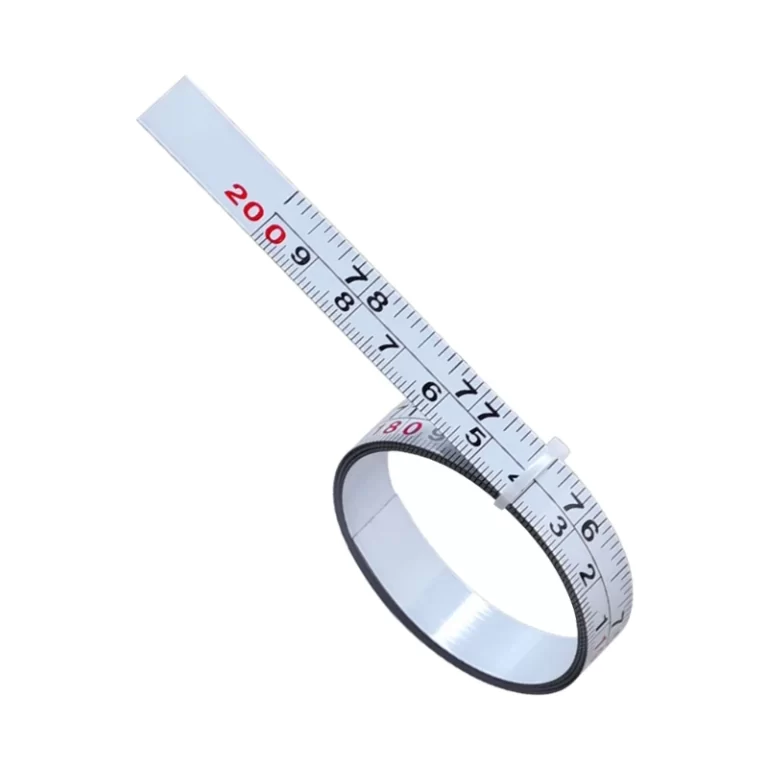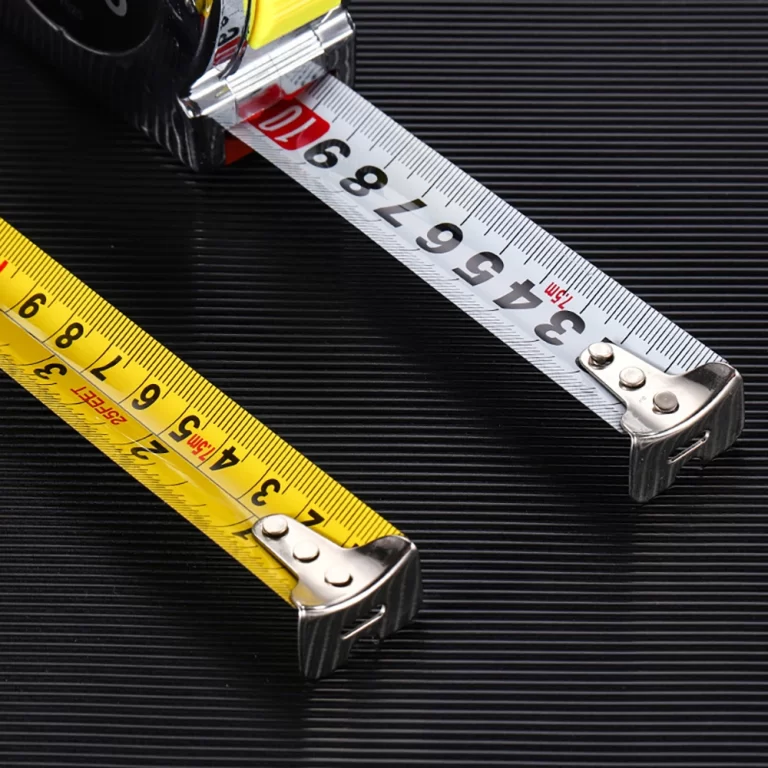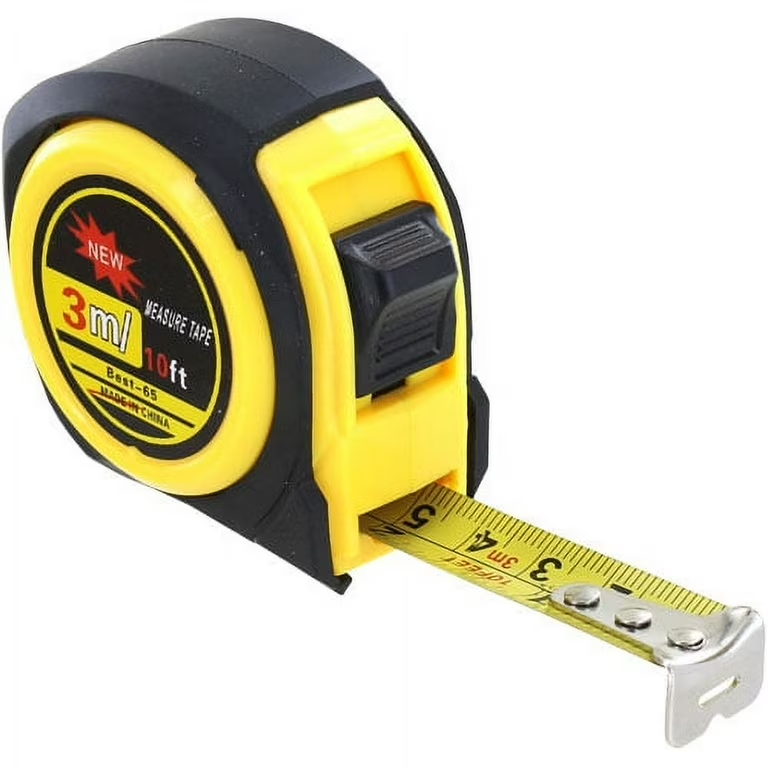
Learn How to Read a Metric Tape Measure: Easy Instructions
Whether you’re a DIY enthusiast, a professional tradesperson, or simply someone who enjoys crafting, understanding how to read a metric tape measure is essential. This fundamental skill ensures precision in your projects, helping you achieve accurate measurements every time. In this guide, we’ll explore the ins and outs of metric tape measures, offering step-by-step instructions, tips, and insights to make reading them second nature. By the end of this article, you’ll be confident in using a metric tape measure for any task at hand.
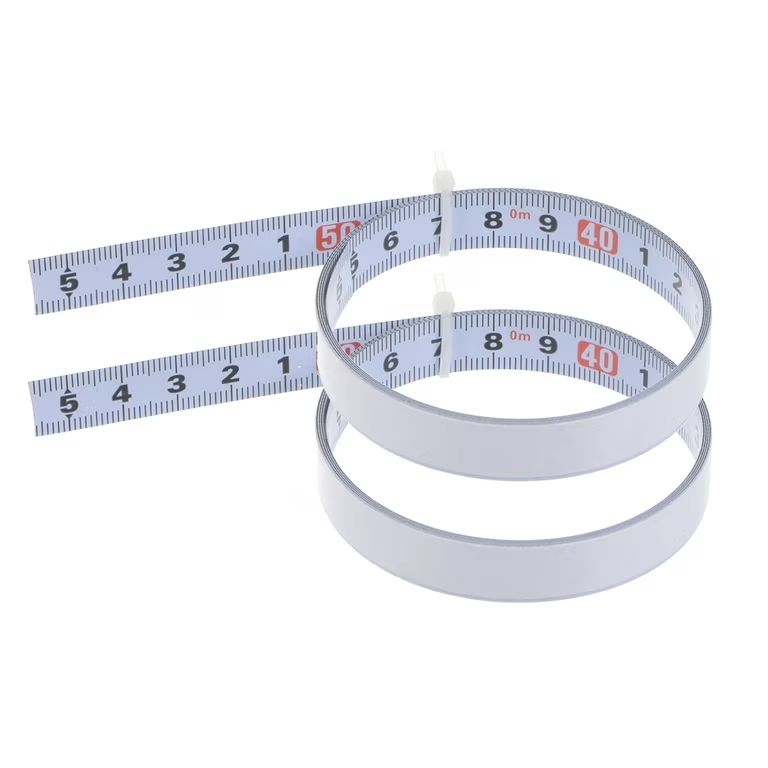 Understanding the Basics of a Metric Tape Measure
Understanding the Basics of a Metric Tape Measure
Before diving into the specifics, it’s important to grasp the basic structure and components of a metric tape measure.
Components of a Metric Tape Measure
A standard metric tape measure consists of several key parts:
- Blade: The long, flexible metal strip marked with measurement units.
- Case: The housing that protects the tape and provides a handle for easy access.
- Locking Mechanism: A feature that locks the tape in place once extended to maintain a steady measurement.
- Hook or End Cap: The metal tip at the end of the tape, often slightly curved to allow for accurate measurements.
- Measurement Marks: Clear markings indicating centimeters and millimeters.
Why Choose Metric Over Imperial?
Metric measurements are based on the International System of Units (SI), which is decimal-based and straightforward to use. Unlike the imperial system, which relies on fractions, the metric system’s consistent use of multiples of ten simplifies calculations and conversions, making it ideal for both beginners and experienced users.
Step-by-Step Guide on How to Read a Metric Tape Measure
Now that you’re familiar with the parts of a metric tape measure, let’s break down the process of reading it accurately.
Step 1: Familiarize Yourself with the Markings
Start by examining the tape’s markings:
- Centimeters (cm): The larger, more prominent lines indicate each centimeter.
- Millimeters (mm): The smaller lines between centimeters represent millimeters. There are ten millimeters in a centimeter.
- Numbers: Numbers are typically placed at the centimeter marks for easy reference.
Step 2: Extend the Tape
Pull the tape measure out until it reaches the point you wish to measure. Ensure the blade stays straight and taut for an accurate reading.
Step 3: Align the Hook
Place the hook at the starting point of your measurement. The hook is designed to account for its own thickness, allowing for precise measurements whether you’re measuring from the edge or indicating an overlap.
Step 4: Read the Measurement
- Whole Centimeters: Look for the nearest numbered centimeter mark.
- Millimeters: Count the small lines between the centimeters to determine the exact millimeter measurement. Each small line represents one millimeter.
Step 5: Calculate the Total Measurement
Combine the centimeters and millimeters for your final measurement. For example, if the tape measure points to the third small line after 12 cm, the measurement is 12.3 cm.
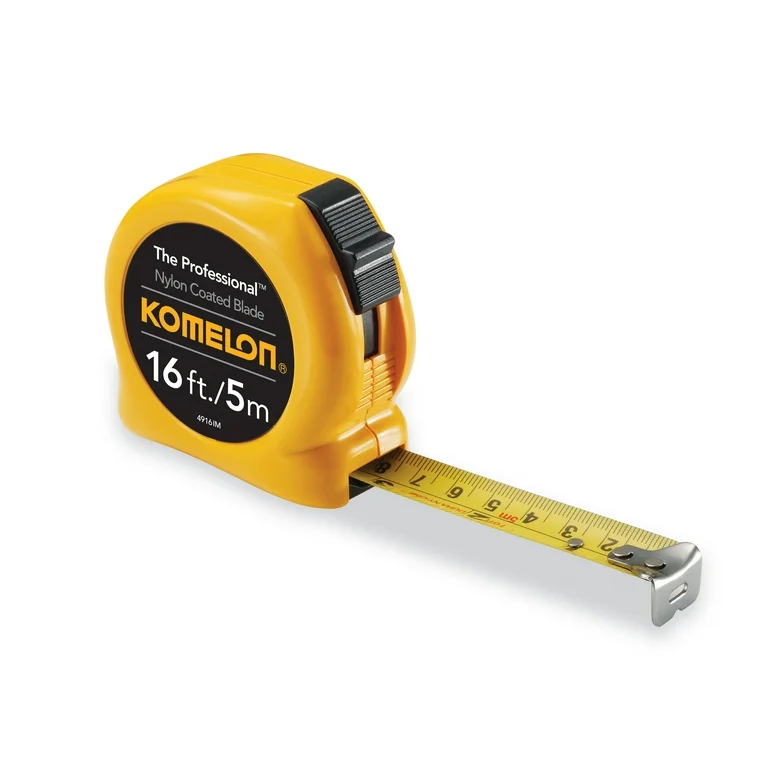 Common Uses of a Metric Tape Measure
Common Uses of a Metric Tape Measure
Understanding how to read a metric tape measure opens up a wide range of practical applications.
DIY Projects
From building furniture to home renovations, accurate measurements are crucial. Learning how to read a metric tape measure ensures your cuts and fits are precise, saving time and materials.
Sewing and Tailoring
In sewing, precise measurements ensure garments fit perfectly. A metric tape measure helps in taking body measurements and calculating fabric requirements accurately.
Carpentry and Construction
Carpenters rely heavily on accurate measurements to cut and assemble materials. Knowing how to read a metric tape measure is fundamental to ensuring the structural integrity of projects.
Manufacturing and Engineering
In industrial settings, precision is key. Engineers and manufacturers use metric tape measures to ensure components meet exact specifications.
Tips for Accurate Measurement
Achieving precision with a metric tape measure involves more than just reading the numbers correctly. Here are some valuable tips:
Keep the Tape Straight
Always ensure the tape is straight and not bent or twisted. A crooked tape can lead to inaccurate measurements.
Use the Hook Correctly
The hook at the end of the tape measure is calibrated to provide accurate measurements whether you’re starting from zero or overlapping materials. Make sure it moves freely and isn’t stuck, as this can affect accuracy.
Lock the Tape
Once you extend the tape to the desired length, use the locking mechanism to hold it in place. This prevents the tape from moving and ensures a stable measurement.
Double-Check Measurements
Always verify your measurements by reading the tape measure from both ends if possible. This reduces the risk of errors and ensures consistency.
Practice Regularly
Like any skill, proficiency comes with practice. Regularly using a metric tape measure will improve your speed and accuracy over time.
Troubleshooting Common Issues
Even with practice, you might encounter challenges while learning how to read a metric tape measure. Here’s how to address some common problems.
Inaccurate Readings
If your measurements seem off, check the following:
- Ensure the tape is not stretched or damaged.
- Verify that the hook is not bent or loose.
- Confirm that you are reading the correct scale (centimeters vs. millimeters).
Difficulty Reading Small Marks
Small millimeter marks can be hard to see. Use adequate lighting and, if necessary, wear reading glasses to improve visibility. Over time, your eyes will become accustomed to the small increments.
Tape Snapping Back
Sometimes, the tape can snap back too quickly, making it hard to read. Engage the locking mechanism before releasing the tape to control its movement and prevent it from retracting too fast.
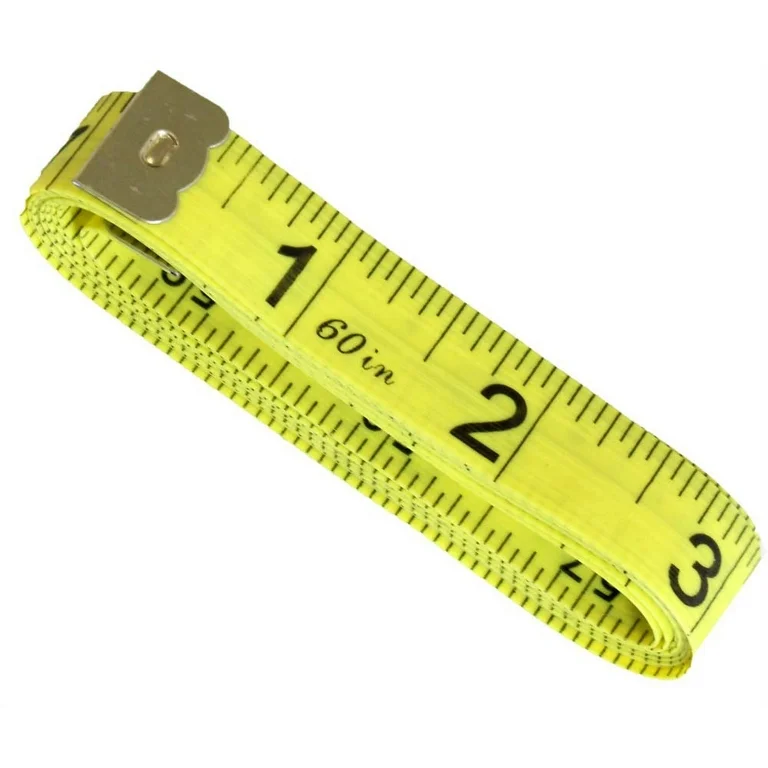 Advanced Techniques for Precision
Advanced Techniques for Precision
Once you’re comfortable with basic measurements, you can adopt advanced techniques to enhance your accuracy.
Measuring Inside and Outside Dimensions
For inside measurements (like the width of a hole) and outside measurements (like the length of a board), ensure the hook is positioned correctly. Inside measurements require the hook to stay fixed, while outside measurements may need the hook to flex slightly.
Taking Diagonal Measurements
When measuring diagonals, hold the tape measure firmly at both ends to prevent sagging. This ensures that the tape stays straight for an accurate diagonal measurement.
Using a Second Hand
A second hand or pointer can help lock the measurement in place when reading multiple measurements simultaneously. This tool keeps the tape steady, allowing for easier reading.
Maintenance and Care for Your Metric Tape Measure
To ensure longevity and accurate readings, proper maintenance of your metric tape measure is essential.
Keep It Clean
After each use, wipe the tape clean to remove dirt, dust, and debris. This prevents the markings from fading and ensures the tape retracts smoothly.
Store Properly
Store the tape measure in a dry, cool place to prevent rust and damage. Avoid leaving it in extreme temperatures, which can affect the tape’s flexibility and accuracy.
Inspect Regularly
Regularly check the tape and its components for signs of wear or damage. Replace any parts as needed to maintain accuracy and functionality.
Lubricate the Mechanism
Occasionally lubricate the locking and retracting mechanism with a light oil to keep it operating smoothly. This prevents sticking and extends the life of the tape measure.
Comparing Metric and Imperial Tape Measures
Understanding how to read a metric tape measure also involves recognizing the differences between metric and imperial systems.
Metric vs. Imperial Scales
Metric tape measures use centimeters and millimeters, while imperial measures use inches and fractions of an inch. The metric system is generally more straightforward due to its base-10 structure.
Ease of Use
Many find the metric system easier to use because it simplifies conversions and calculations. With each centimeter divided into ten millimeters, it provides precise and scalable measurements without complex fractions.
Availability
Metric tape measures are widely available in regions that use the metric system predominantly. However, in areas where the imperial system is common, finding a compatible metric tape measure might require visiting specialized stores or ordering online.
Integrating Technology with Metric Tape Measures
Modern advancements have introduced new ways to use and read metric tape measures more effectively.
Digital Metric Tape Measures
Digital tape measures display measurements on an electronic screen, offering increased accuracy and ease of reading. They often include additional features such as memory storage, conversion functions, and Bluetooth connectivity for data transfer.
Laser Measurement Tools
Laser tape measures complement traditional metric tape measures by providing quick, precise measurements using laser technology. They are especially useful for measuring long distances or areas that are difficult to reach with a physical tape.
Smartphone Apps
Various smartphone apps can assist in measuring and reading metric units. While not a replacement for a physical tape measure, they can provide additional tools and references for accurate measurements.
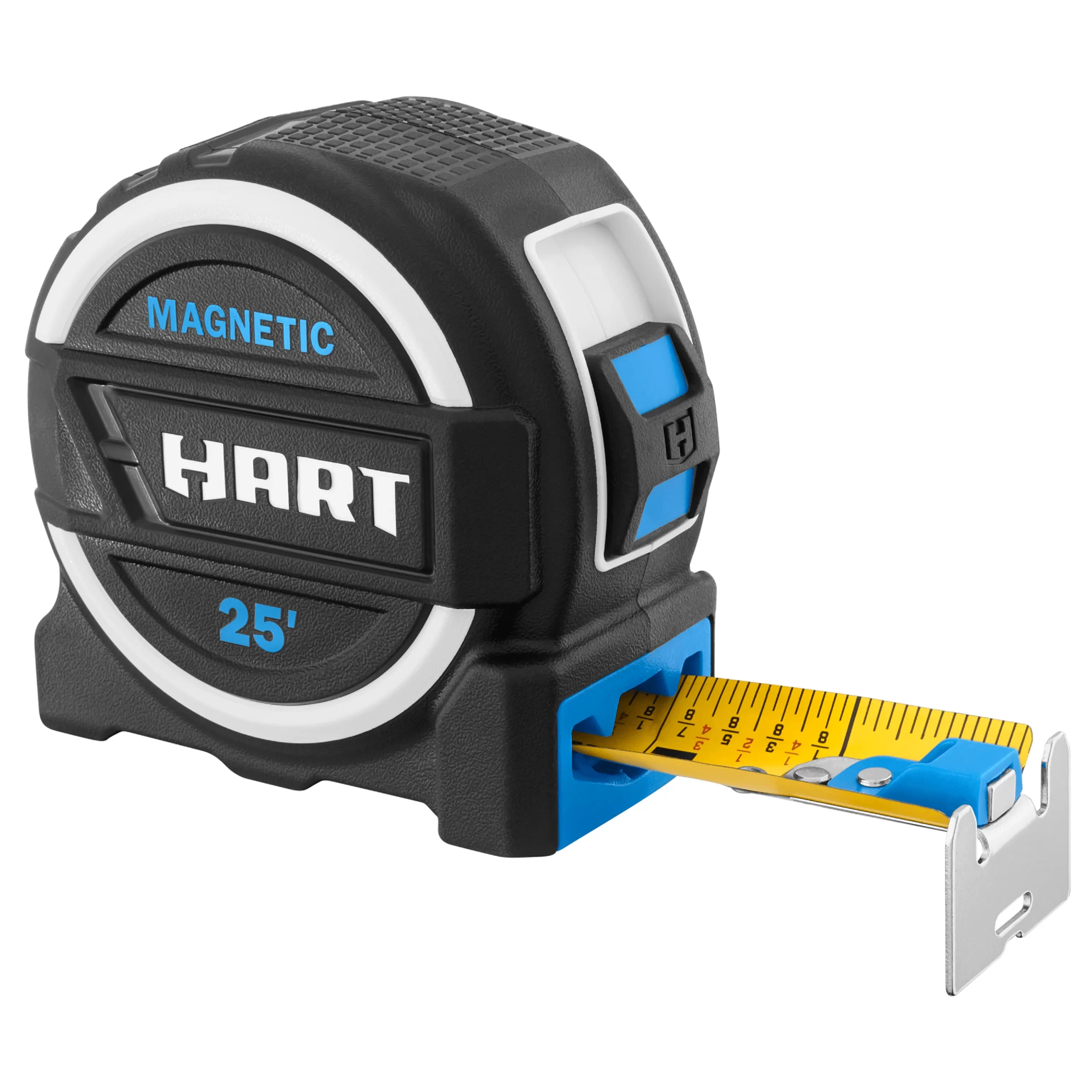 Real-World Applications of Metric Tape Measures
Real-World Applications of Metric Tape Measures
To better understand how to read a metric tape measure, consider its applications in various fields.
Home Improvement
From measuring spaces for new furniture to determining the length of materials needed for renovations, a metric tape measure is indispensable in home improvement projects.
Automotive Repair
Mechanics use metric tape measures to ensure that parts fit correctly and mechanics adhere to specifications during repairs and maintenance.
Interior Design
Interior designers rely on precise measurements to plan layouts, choose furniture sizes, and ensure that everything fits perfectly within a space.
Manufacturing
In manufacturing, accurate measurements are critical for producing parts that meet design specifications and function correctly within larger assemblies.
Enhancing Accuracy with Additional Tools
To further improve your ability to read a metric tape measure, consider using additional tools and accessories.
Measuring Squares and Right Angles
Use a measuring square to check right angles and ensure that your measurements are aligned correctly, especially in woodworking and construction.
Magnifying Glasses
A magnifying glass can help you read small millimeter marks more easily, improving your accuracy in detailed measurements.
Marking Tools
Using a precise marking tool, such as a pencil or chalk, allows you to mark measurements clearly and accurately on materials.
Frequently Asked Questions About Metric Tape Measures
How accurate is a metric tape measure?
Metric tape measures are highly accurate when used correctly. Ensure the tape is not damaged, and read the measurements carefully to maintain precision.
Can I convert metric measurements to imperial?
Yes, you can convert metric measurements to imperial using conversion formulas. For example, 1 centimeter equals approximately 0.3937 inches.
What should I do if my metric tape measure is damaged?
If your tape measure is damaged, especially the markings or the hook, it’s best to replace it to ensure accurate measurements in the future.
Are metric tape measures suitable for all types of projects?
Yes, metric tape measures are versatile and suitable for a wide range of projects, from small crafts to large construction tasks. They are especially beneficial in regions that predominantly use the metric system.
 Conclusion
Conclusion
Learning how to read a metric tape measure is a valuable skill that enhances precision and efficiency in various tasks. By understanding the tape measure’s components, practicing accurate measurement techniques, and maintaining your tool properly, you can ensure reliable results every time. Whether you’re embarking on a DIY project, working in construction, or engaging in any activity that requires precise measurements, mastering how to read a metric tape measure will undoubtedly contribute to your success. Embrace these guidelines and tips to become proficient in using a metric tape measure, and enjoy the accuracy and confidence it brings to your endeavors.
